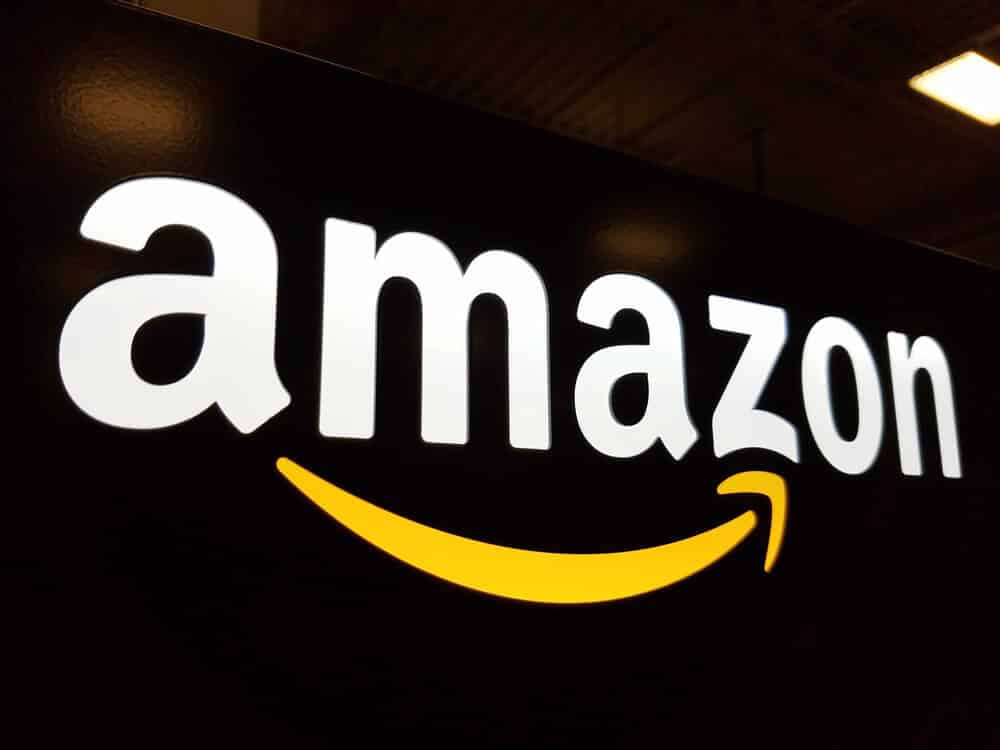
Amazon Rules the $113 Billion Market for Smart Homes
Since launching the Echo smart speaker in 2014, Amazon has continued to dominate and grow the market for smart homes. Four Echo devices, a new Fire TV, two new Ring cameras with features including radar-triggered motion detection, and the contactless Halo Rise bedside sleep tracker are all part of its most recent expansion. This device can measure your breathing and movement to estimate your sleep stages. All new products were unveiled on Wednesday at Amazon’s annual smart home presentation.
With a $1.7B offer to purchase iRobot, the manufacturer of the smart Roomba vacuum, Amazon took steps last month to enter a new market for smart homes. Before deciding whether to accept the purchase, the Federal Trade Commission is asking iRobot and Amazon for additional information.
20 privacy and labor organizations wrote the FTC earlier this month requesting that it halt the merger. Concerns about privacy and Amazon’s expanding market share in the smart home were mentioned in the letter.
Ever-Growing Compatability
Although “relatively few” of the 140,000 products that are now Alexa-compatible, according to Amazon, are owned by the business. In 2018, it paid $1B for video doorbell manufacturer Ring; three months later, it paid $90M for security camera manufacturer Blink. Then, in 2019, it spent $97M to purchase Eero, a mesh Wi-Fi system that aided in tying together numerous smart home appliances. Because it allowed Amazon to monitor which gadgets and appliances were being utilized, Eero was a crucial acquisition. Every connected device in a person’s home is visible to them with internet traffic. And that offers you a lot of new information.
In 2014, Amazon released the Echo, the first big brand to bring a smart speaker to market. The Echo was an instant hit. By the time Google unveiled its first smart speaker in 2016, 5M units had been sold. 2018 saw the launch of the first HomePod by Apple, which has never made much progress in the smart home market.


